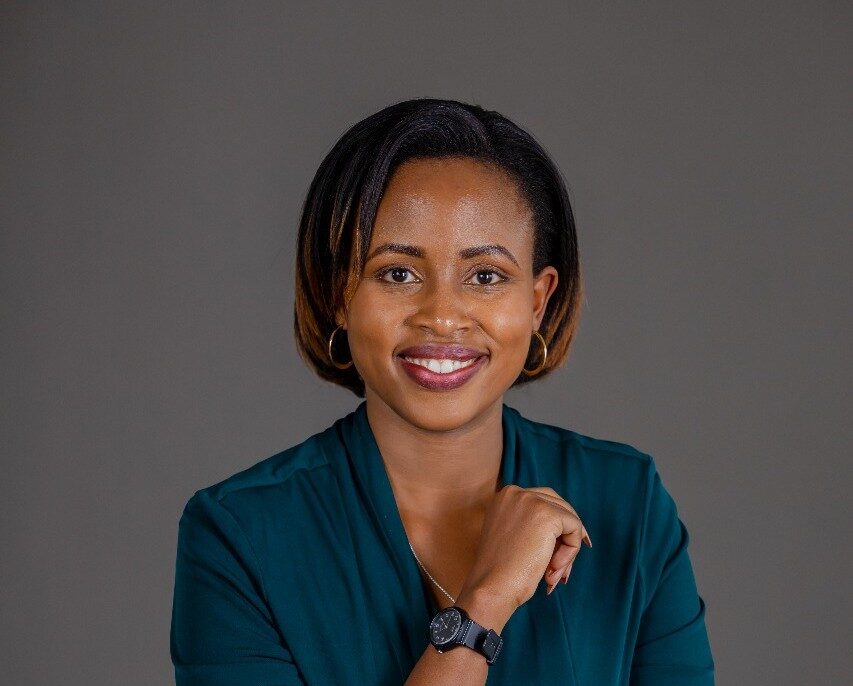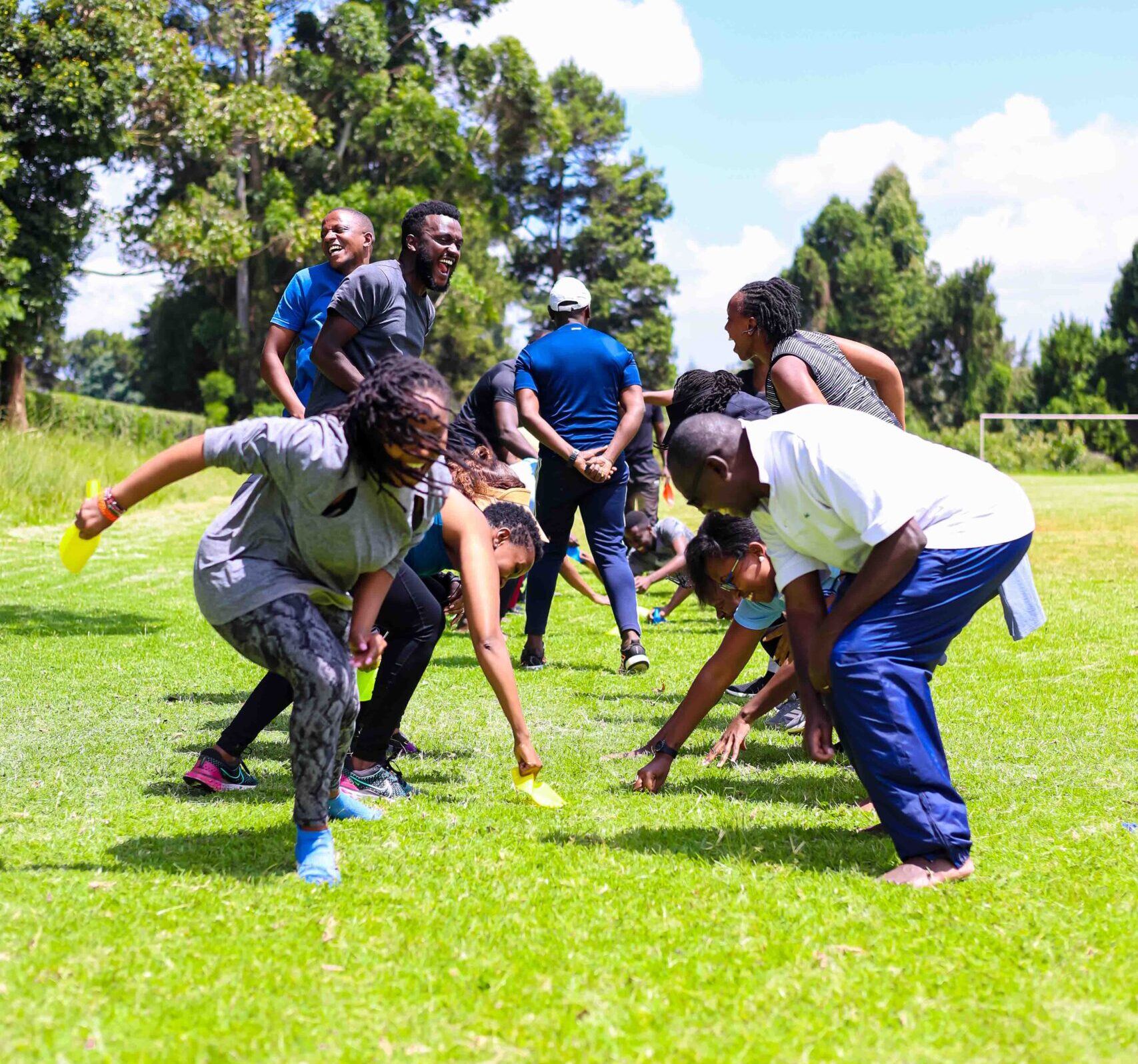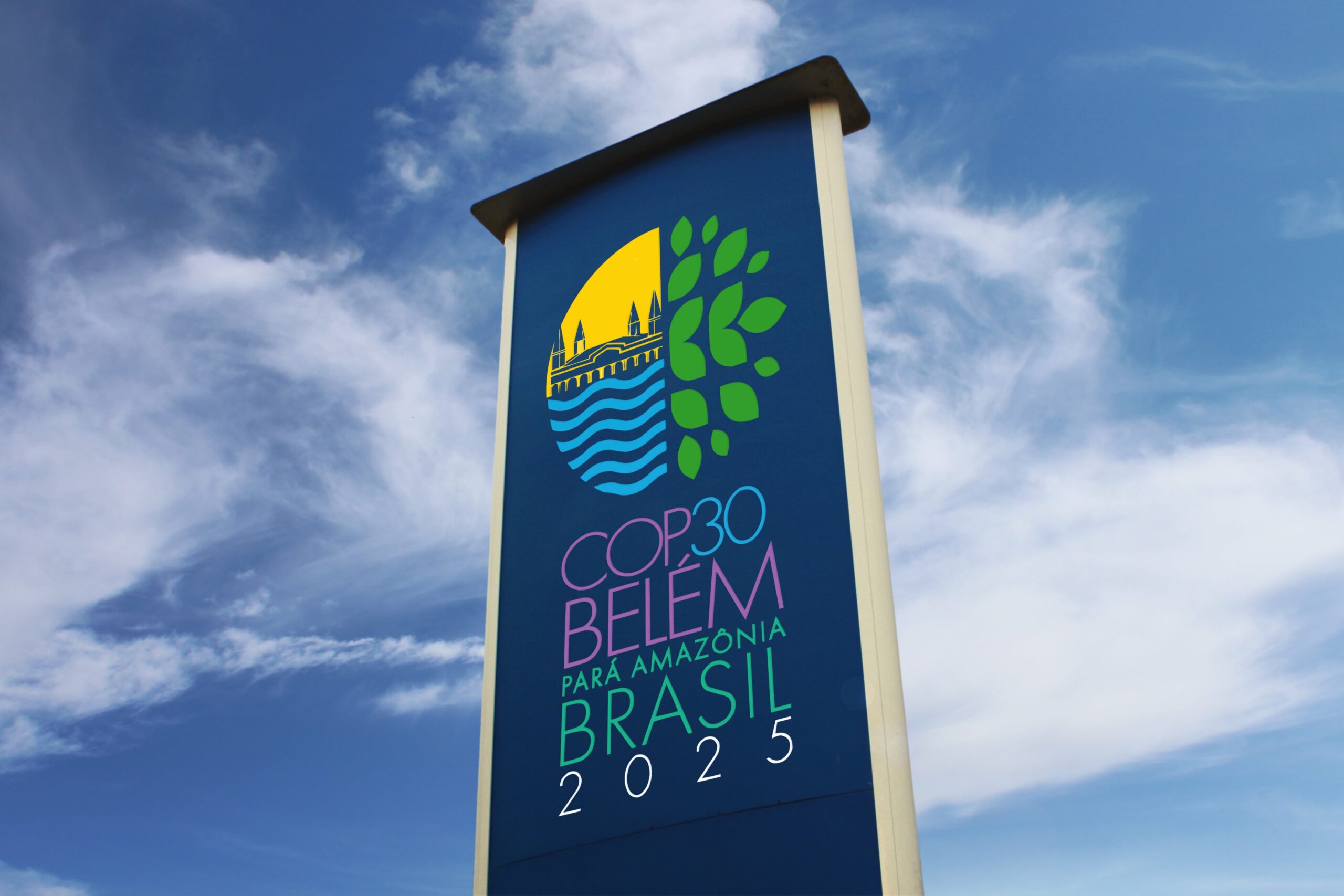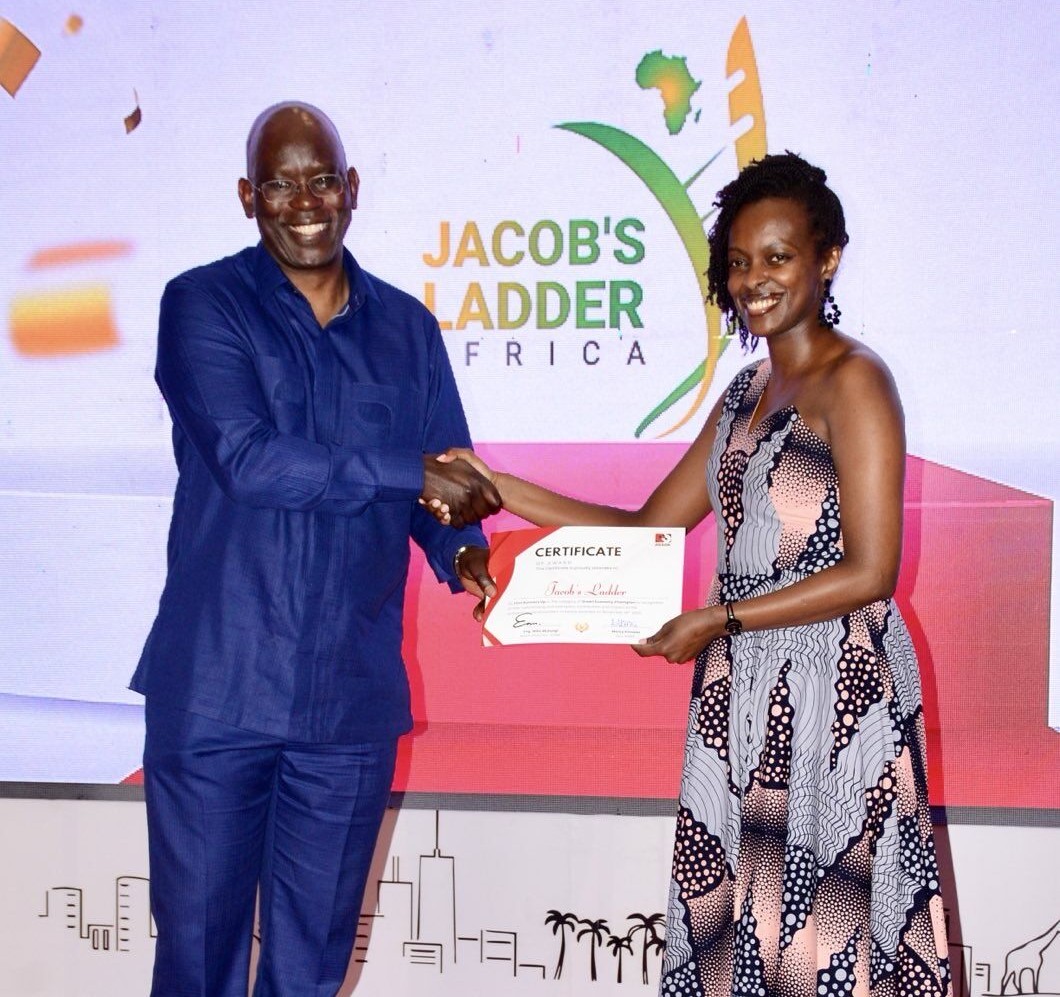As the world races to decarbonize and transition into cleaner, more resilient economies, a new frontier of opportunity has emerged; the green economy. It promises not only environmental restoration, but economic transformation, with millions of new jobs projected to emerge across renewable energy, sustainable agriculture, waste management, climate-smart construction, green manufacturing, and more.
Yet, there’s a looming risk: Africa’s women – who represent over 50% of the population – may be left behind.
The International Labour Organization (ILO) estimates that the green transition could create 100 million jobs globally by 2030, with nearly 25 million of these in Africa. But even now, there is a gendered gap: women account for just 32% of the renewable energy workforce worldwide and even fewer in technical and leadership roles.
In other sectors, the disparities are even starker. For example:
- In energy efficiency, women make up only 20% of the workforce.
- In STEM-related green jobs, women are underrepresented due to systemic barriers in education, mobility, and access to capital.
Africa is not just on the receiving end of the climate crisis, it is also ground zero for climate opportunity.
With the world’s youngest population, abundant renewable resources, and vast employment needs, Africa could become the global benchmark for a just and inclusive green transition. Yet, if women – especially in rural and underserved communities – aren’t empowered with skills and access, the green economy may replicate the same inequities of the old.
A recent report by the African Development Bank notes that only 30% of African women participate in the formal labor market, and even fewer are found in sectors driving the climate transition.
In Kenya, where Jacob’s Ladder Africa is headquartered:
- Young women aged 15-34 make up 67% of the unemployed youth, according to the Kenya National Bureau of Statistics.
- Women’s participation in technical and vocational training programs remains disproportionately low, especially in green sectors like solar installation, aquaculture, and climate finance.
If we are to activate 30 million green jobs by 2033 across Africa -as JLA envisions- upskilling is non-negotiable and it must be intentional, inclusive, and accessible.
Women need:
- Training programs that are tailored to their realities including interventions such as flexible scheduling, on-site childcare, and community-based delivery.
- Exposure to non-traditional roles; such as solar technicians, green building specialists, water auditors, or aquaculture entrepreneurs.
- Leadership pathways; so that they don’t just participate in the green economy, but shape it.
At JLA, we’ve already seen the transformational power of targeted green skills:
- In Makueni County, young women engaged in catfish aquaculture are not just farming, they’re seeking to manage businesses, earn incomes, and become role models.
- Through our greenlabs program, women entrepreneurs are prototyping clean energy solutions and building scalable green ventures.
These are more than success stories. They are proof points.
As we look to initiatives like the Africa Continental Free Trade Area (AfCFTA) and the AU’s Green Recovery Action Plan, we must embed a clear, actionable commitment to women’s inclusion in green jobs policy and programming.
This includes more:
- National Green Skills Roadmaps with gender targets.
- Public-private partnerships to fund women’s access to tools, land, capital, and markets.
- Gender-disaggregated data tracking to measure real progress.
The green economy is not just a space for carbon offsets and solar panels but a stage for a new kind of leadership. One that is inclusive, equitable, and deeply local.
If we empower Africa’s women with green skills today, we’re not just closing gender gaps – we’re opening economic futures.
It’s time to invest boldly because when African women rise, Africa rises.






